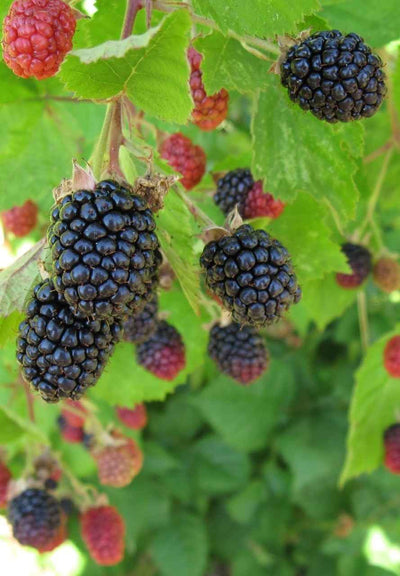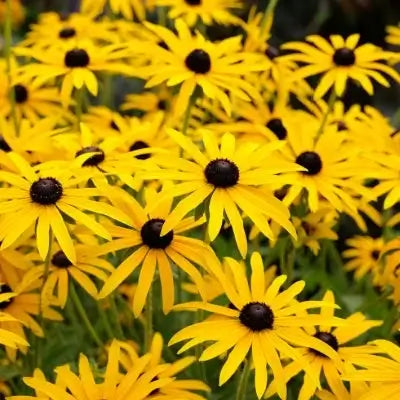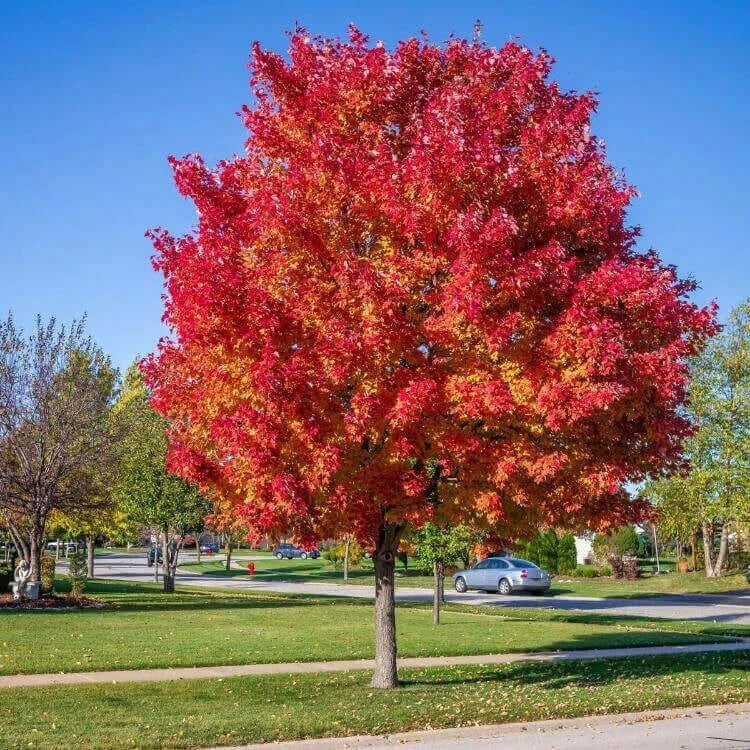Understanding USDA Plant Hardiness Zones
Share
When shopping for plants, you might have seen the “zone” listed on the plant tag. The United States Department of Agriculture (USDA) developed a map of plant hardiness zones for the US to help people find plants that grow in their area.
History of the Hardiness Zone Map
The USDA published the first plant hardiness zone map in 1960. Other biologists had produced hardiness zone maps before that, but they sometimes contradicted each other. These biologists did not have access to the data the USDA did. Using data from 450 weather stations, the plant hardiness map divided the country into ten zones. Each new zone had a 10-degree difference in mean annual minimum temperature.
The zone map was updated in 1990 using data from 8,000 weather stations from 1974-1986. This edition of the map added five-degree differences in mean annual minimum temperature by adding “a” and “b” to the zones. It also added a frost-free zone, zone 11, where the mean average minimum temperature did not fall below 40 degrees.
The next update was in 2012. The data from 8,000 weather stations for years 1976-2005 was used. The map shifted so places were about half a degree warmer than the 1990 map showed.
The most recent update occurred in 2023. It looked at data from 13,412 weather stations in the years 1991-2020. About half of the Southern US moved to a new zone, showing a warmer mean annual temperature.
What the Hardiness Zone Tells You
The hardiness zone tells you the mean annual minimum temperature in your area. Another way to state that is it tells you the average minimum temperature, not the coldest temperature the area has experienced. Global warming has disrupted weather patterns, meaning zones are experiencing storms with much colder temperatures than they experienced in the past. For example, winter storm Uri in February of 2021 brought temperatures of minus 4 to the Dallas area, much colder than the 15-20 degree mean annual minimum temperature on the zone map. Many perennials, shrubs, and trees died from the cold that year.
Too Much To Ask
The lowest temperature a plant can grow in is only one aspect of the needs of the plant. Focusing too much on the hardiness zone can blind you to other essential attributes your landscape has that plants need to grow well.
Chilling Hours
If you grow fruits, nuts, or berries, you may have heard about chilling hours. A plant begins to enter dormancy when the temperature falls below 50 degrees for an extended period. The plant stops growing above ground and drops its leaves. Growth hormones drop in the plant. After entering dormancy, the plant begins to accumulate chilling hours.
Chilling hours accumulate when the temperature is between 32-45 degrees. Each plant has a chilling hours requirement. When those chilling hours have accumulated, the plant starts to break dormancy and bud out new leaves and flowers. If you plant a plant that does not need as many chilling hours as occur in your area, the plant will break dormancy too soon. Further winter freezes can kill the leaf and flower buds for the year, meaning no crop will be produced.
Plants with higher chilling hours requirements than an area delivers might never produce flowers, so they don’t produce a crop, either. Chilling hours are dropping with climate change, so plants that produced in years past may not keep producing as the chilling hours in an area drop.
As a concrete example, consider two peach tree varieties we sale. The Belle of Georgia needs 800 chilling hours. Contender peaches need 1050. If you plant contender peaches in an area with 800 chilling hours, they won't get enough chilling hours to trigger bud break. If you plant belle of Georgia peaches in an area that gets 1050 chilling hours, the buds will break too soon and will probably freeze.
Summer Heat
For many plants, it is not the winter cold that kills them, but the summer heat. A plant adapted for winter temperatures of zero degrees may not be able to survive summer temperatures of 100 degrees. There have been attempts to produce a heat zone, but growers have not adopted one uniform zone map to include on plant tags.
Humidity For Your Zone
Consider the typical humidity in your area when choosing what to plant. A plant like kiwis, which are native to a temperate rain forest in New Zealand, may have the same hardiness zone as peaches trees that grow in central Texas. However, the lack of humidity in central Texas means that the plant loses more water from its leaves than it can take up through its roots. The kiwi dies of dehydration no matter how well it is watered.
Soil pH
Soil pH is also important. For example, blackberries and blueberries could theoretically grow in the same zone, but they require very different soil pH. Blueberries need a soil pH of 4.5-5.5. Blackberries need a soil pH of 5.5-6.5. If you want to grow both types of berries, you need to put one in a large pot and the other in the ground.
Soil Type
Soil type is also important to consider. Some plants will only grow in sandy soil, while others require a heavier soil with lots of clay. While raised beds work for perennials and some shrubs, trees usually need more soil than is practical to include in a raised bed. The good news is there are trees adapted to most soils.
Soil Moisture
Soil moisture depends on rainfall and how well the soil drains. You cannot plant a plant adapted to very little soil moisture in a boggy area and expect it to grow well. Bog plants don’t grow well in drier soils. While you can water and change the soil moisture, trying to keep plants that require a lot of moisture wet enough in a hot, dry place is hard work.
Sunlight
The amount of sunlight in your planting location is the last major thing to consider. Some plants thrive in full sun, such as purple coneflowers. Others need the dappled shade of a forest, such as Virginia bluebells.
Get the Complete Story
At TN Nursery, we can help you find the right plant for the right place in your landscape. We consider all the plant’s needs before recommending it to you. Give us a call at 931.692.7325 to find the right plants for your landscape.












